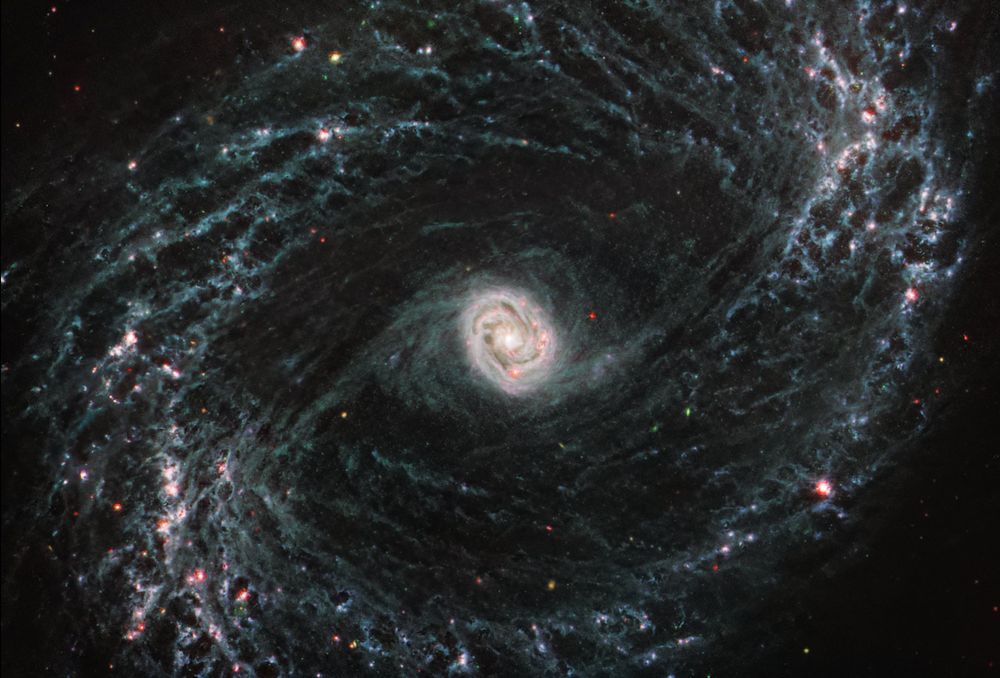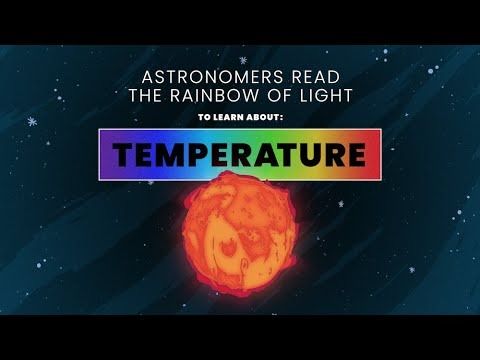

📸: @GeminiObs/NOIRLab/NSF/AURA/P. Horálek


📸: @GeminiObs/NOIRLab/NSF/AURA/P. Horálek


With Webb, astronomers have found that several rocky worlds around red dwarf stars have no atmospheres. This is fostering new questions about these distant, habitable-zone worlds, and Webb is helping astronomers investigate.
Credit: STScI. 🔭 🧪
With Webb, astronomers have found that several rocky worlds around red dwarf stars have no atmospheres. This is fostering new questions about these distant, habitable-zone worlds, and Webb is helping astronomers investigate.
Credit: STScI. 🔭 🧪
Sandrine Thomas, Deputy Director for NSF–DOE Rubin Observatory Construction, reflects on her path — moving from France to the US, traveling to Chile, and sharing her work with her family.
🎥 Meet Sandrine https://youtu.be/_r-e0kzYjf4
Sandrine Thomas, Deputy Director for NSF–DOE Rubin Observatory Construction, reflects on her path — moving from France to the US, traveling to Chile, and sharing her work with her family.
🎥 Meet Sandrine https://youtu.be/_r-e0kzYjf4
This visualization showcases the characteristics and contents of this landmark observation, as well as its four-dimensional nature across both space and time. 🔭 🧪

This visualization showcases the characteristics and contents of this landmark observation, as well as its four-dimensional nature across both space and time. 🔭 🧪

Credit: T.A. Rector/University of Alaska Anchorage, H. Schweiker/WIYN and NOIRLab/NSF/AURA

Credit: T.A. Rector/University of Alaska Anchorage, H. Schweiker/WIYN and NOIRLab/NSF/AURA





Today is the September #equinox, the first day of spring in the Southern hemisphere. That means we’re swapping the cool, crisp tones of snow and winter for the fresh, warm hues of spring just around the corner.💐
🔭 🧪




Today is the September #equinox, the first day of spring in the Southern hemisphere. That means we’re swapping the cool, crisp tones of snow and winter for the fresh, warm hues of spring just around the corner.💐
🔭 🧪

https://youtube.com/live/i466qvWBQ1o?feature=share

https://youtube.com/live/i466qvWBQ1o?feature=share

📷: International Gemini Observatory/NOIRLab/NSF/AURA

📷: International Gemini Observatory/NOIRLab/NSF/AURA

https://science.nasa.gov/missions/tess/astronomers-map-stellar-polka-dots-using-nasas-tess-kepler/

https://science.nasa.gov/missions/tess/astronomers-map-stellar-polka-dots-using-nasas-tess-kepler/


